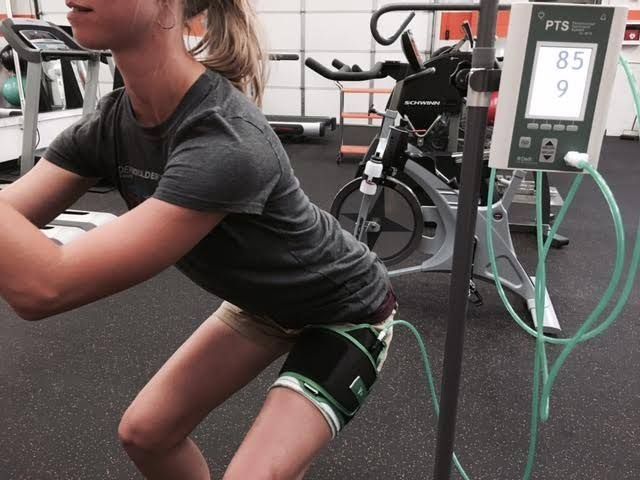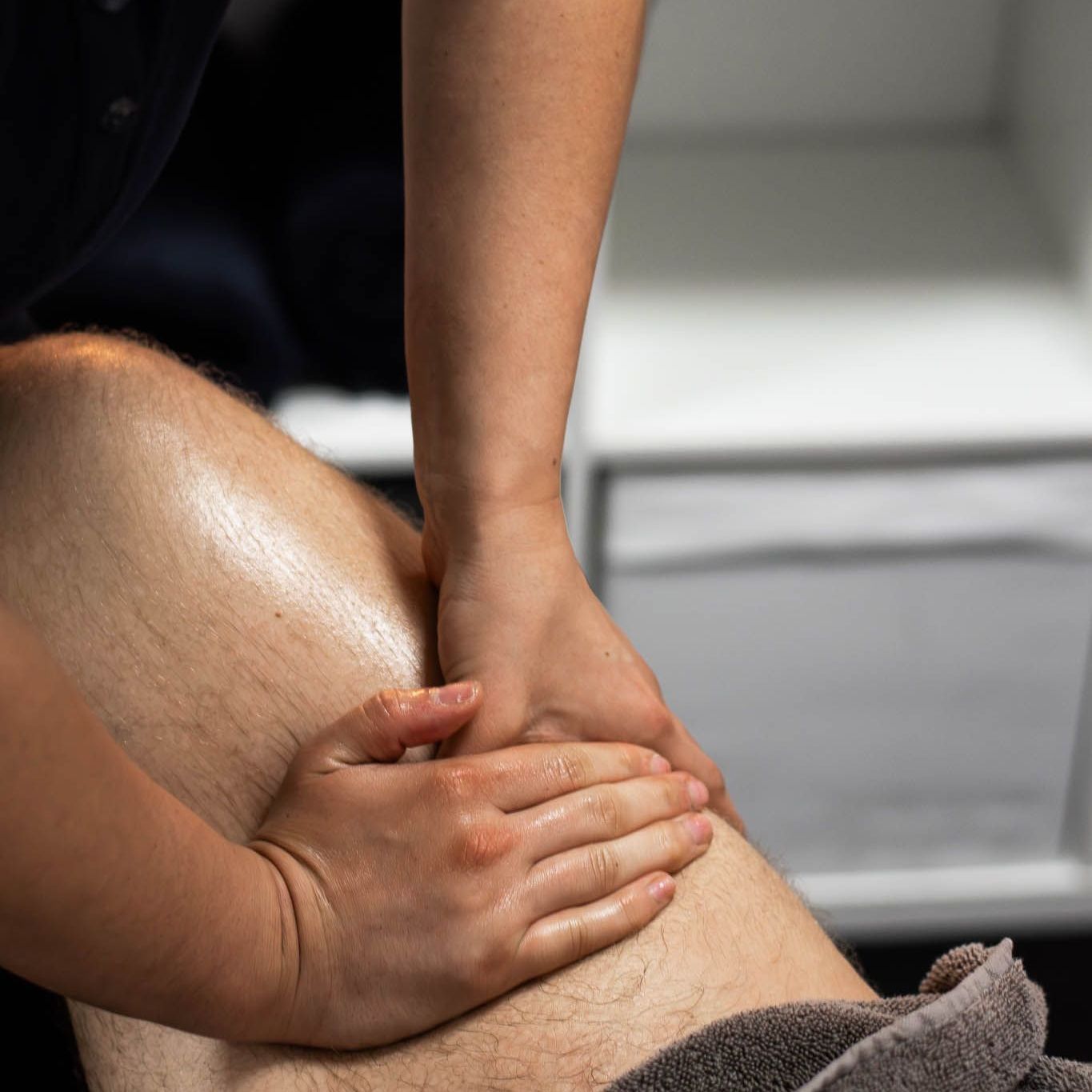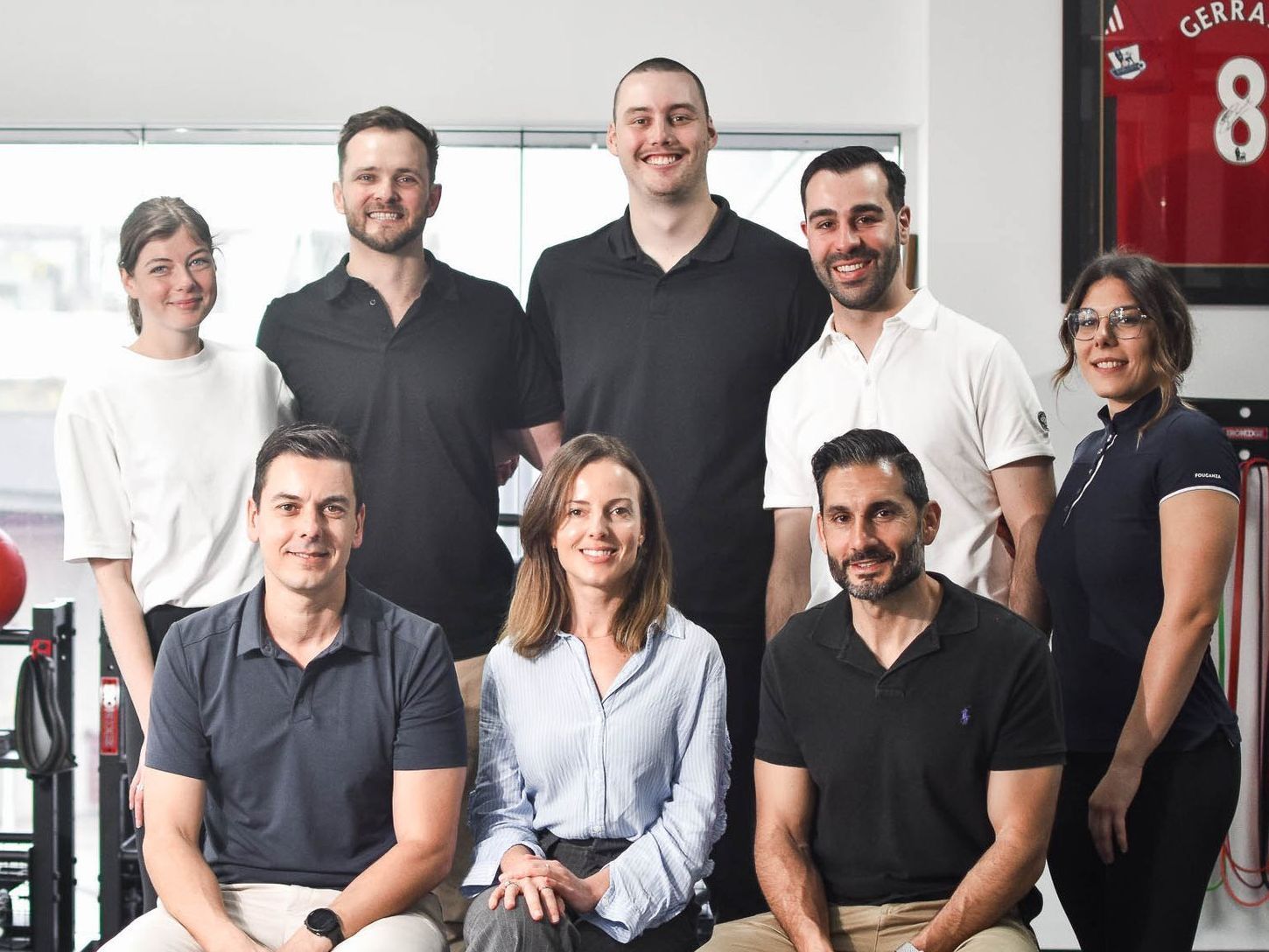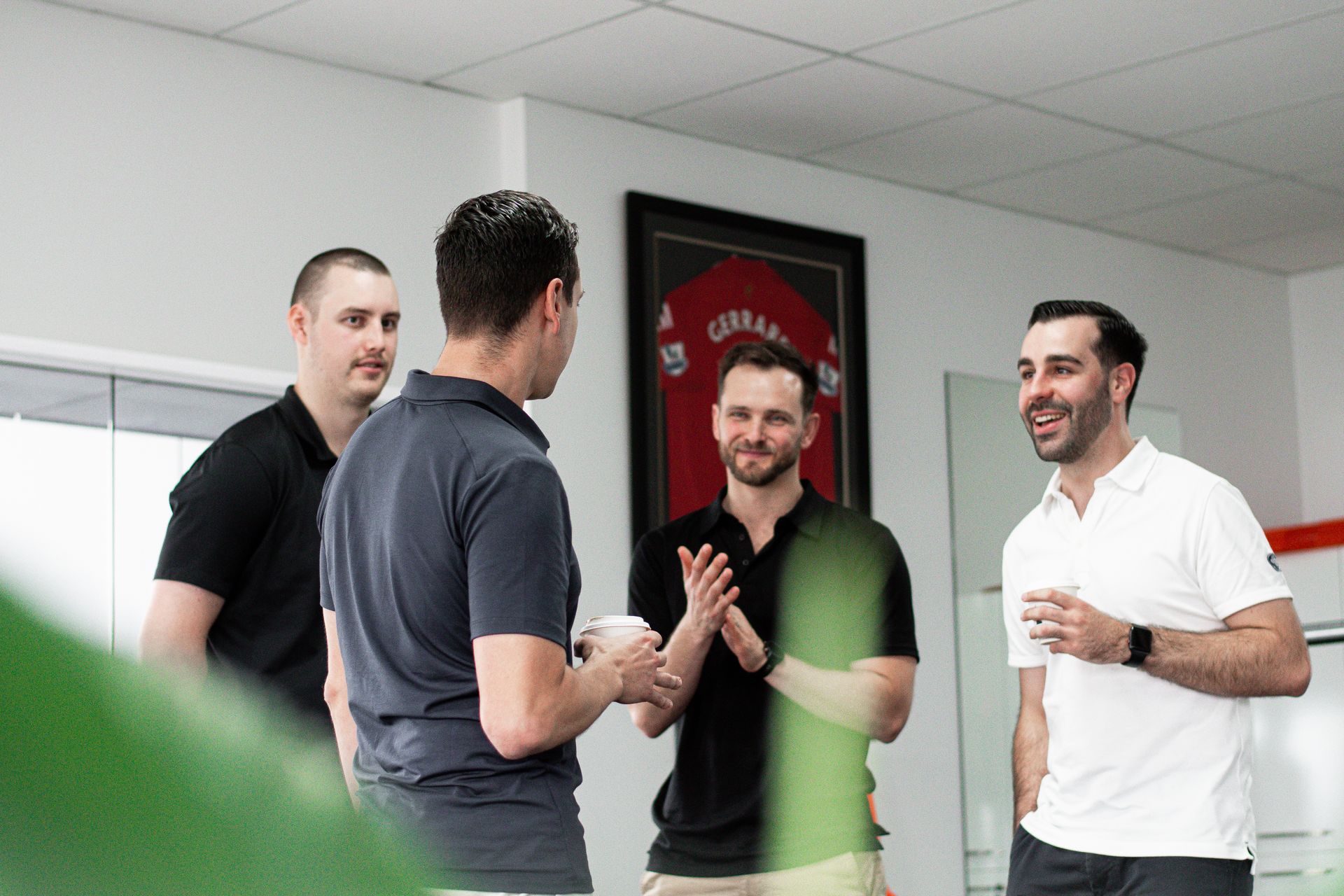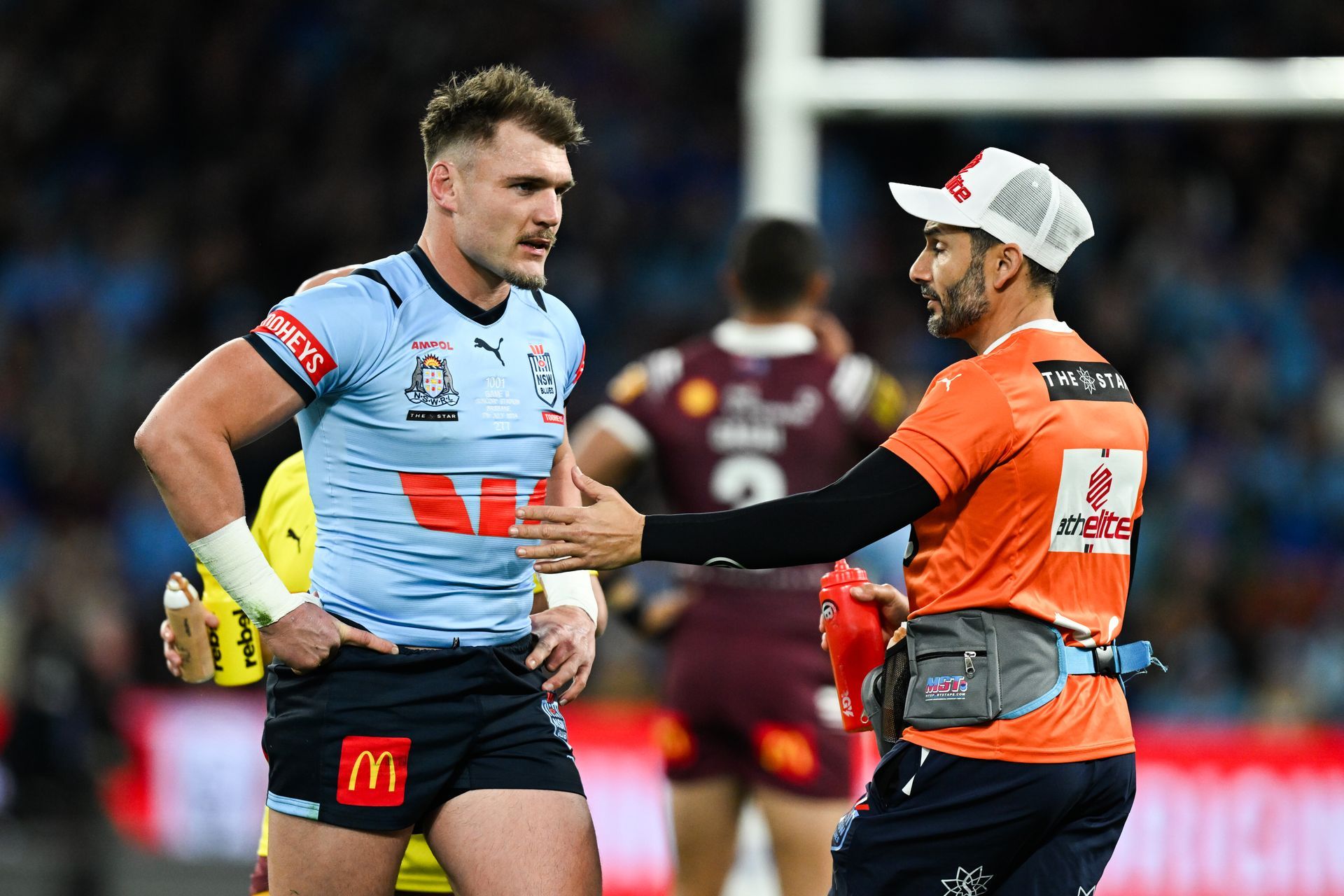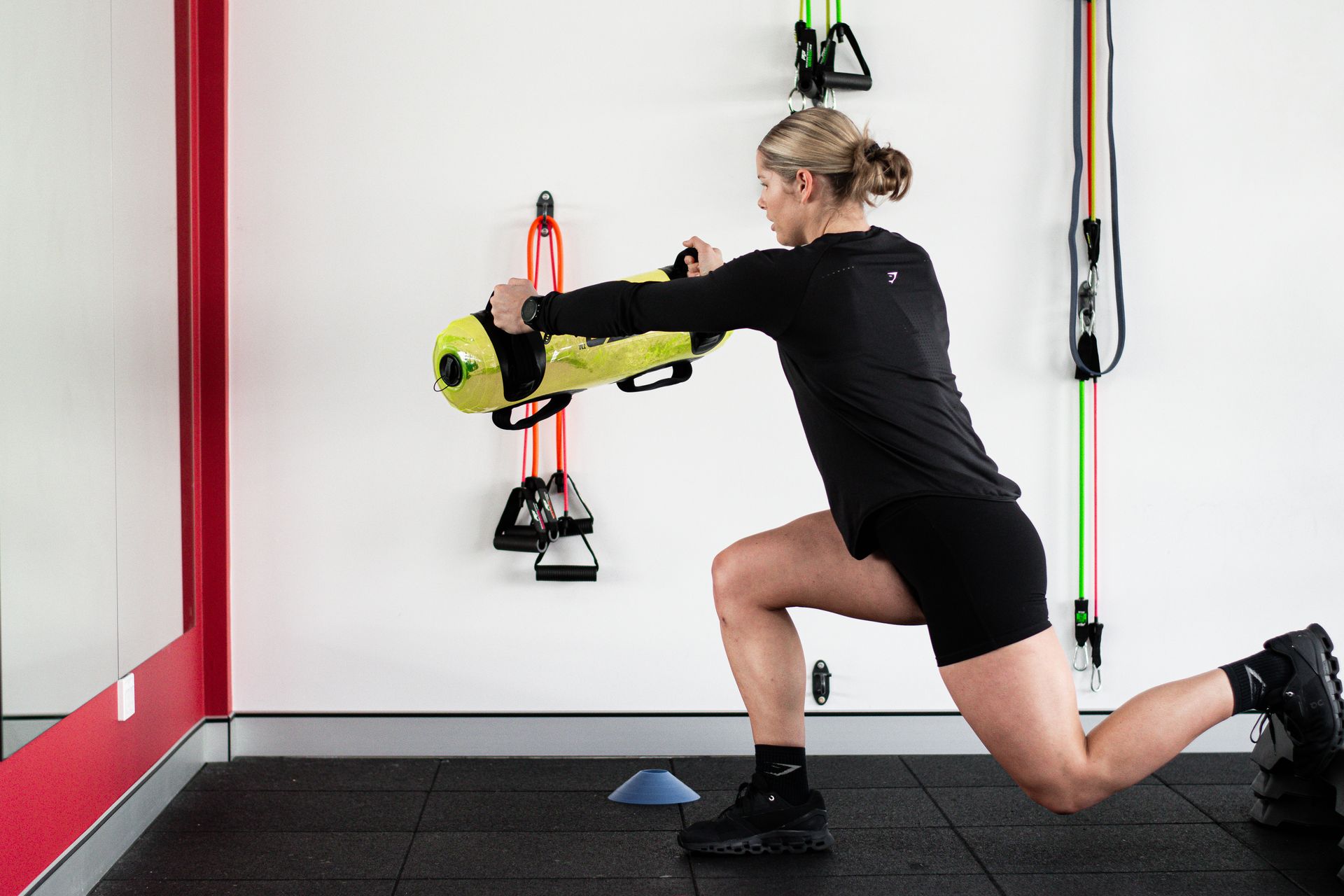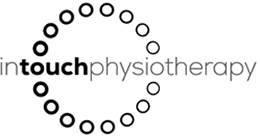About us
Alexandria Physiotherapy & Sports Injury
The clinic was founded by the team of physiotherapists who have been at the helm of the South Sydney Rabbitohs in the NRL for the past decade – Steve Velovski and Eddie Farah.
Drawing on their extensive experience and unique skills, Steve and Eddie decided to extend their expertise to the broader community by establishing a new clinic in the heart of Alexandria.
Their journey began with the launch of their first practice in Redfern in 2016. The clinic's success and rapid growth can be attributed to their innovative approach, unwavering dedication to their clients, and genuine care for the community.
Now, they are bringing their best practices and knowledge to the new clinic in Alexandria.
Eddie and Steve have been instrumental in the Rabbitohs' turnaround and success, culminating in the 2014 grand final victory, joining the team's medical staff in 2007, they contributed significantly to the development of elite training and rehabilitation services at the club.
The increasing demands and pressures of professional sport require sports medicine providers to stay at the cutting edge of sports science and rehabilitation, and this high-pressure environment has propelled them to the forefront of their profession.
In addition to their advanced skills and expertise in sports injuries, the clinic offers comprehensive services for a wide range of musculoskeletal and orthopaedic complaints for individuals of all ages.
Our treatment approach is evidence-based, hands-on, and places a strong emphasis on patient education and exercise rehabilitation. The clinic is equipped with a fully functional gym, allowing for the rehabilitation of injuries through individualised, targeted, and progressive exercise programs.
Beyond treating injuries, they strive to build lasting relationships with their patients and educate them on long-term management plans to enhance their health and prevent the recurrence of symptoms. Their goal is to help patients feel better and stay better.
What sets Alexandria Physiotherapy apart is its commitment to assisting patients throughout their rehabilitation journey. Many individuals suffer from chronic or recurrent pain, and Alexandria Physiotherapy goes beyond merely treating the pain. They educate and empower patients, emphasizing a collaborative approach and ongoing management for long-term success.
Their primary focus is on helping people return to the activities they love most, whether it's running, swimming, netball, tennis, playing with their kids, practicing yoga, or meeting the demands of daily work and life.
Our team's dedication to comprehensive care and patient empowerment ensures that everyone receives the best possible treatment and support on their path to recovery and optimal health.
Our latest health blogs

